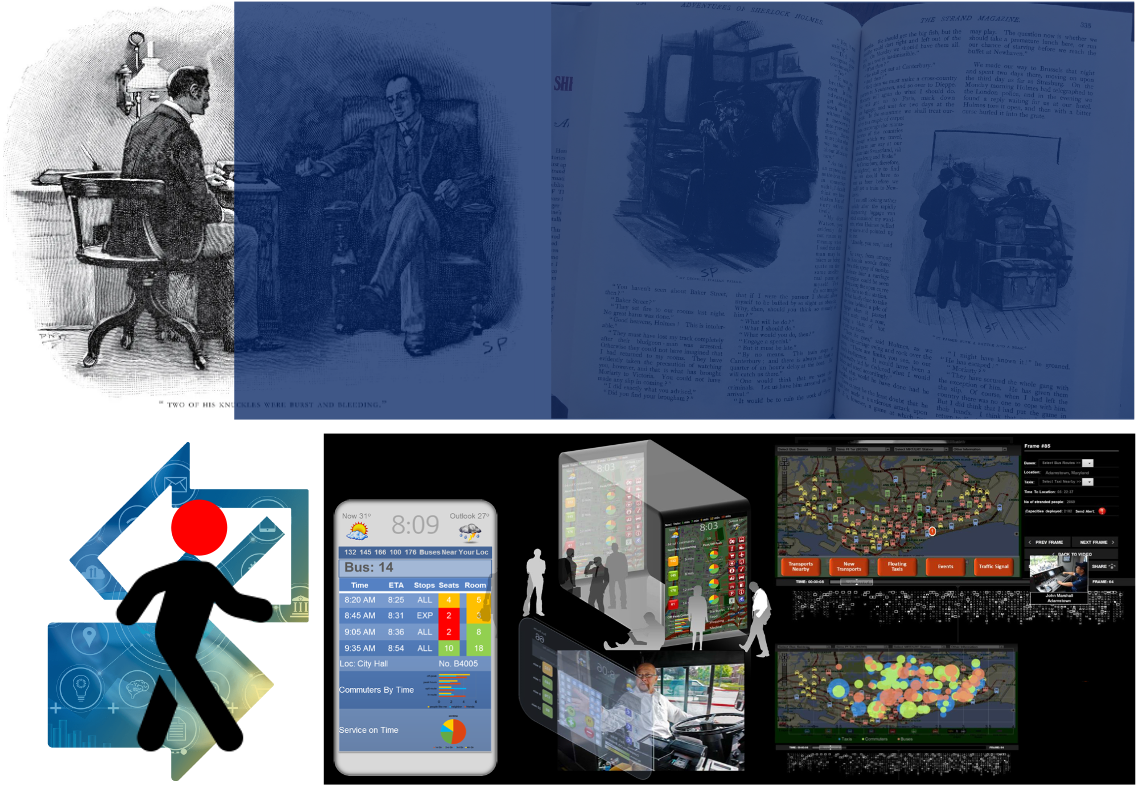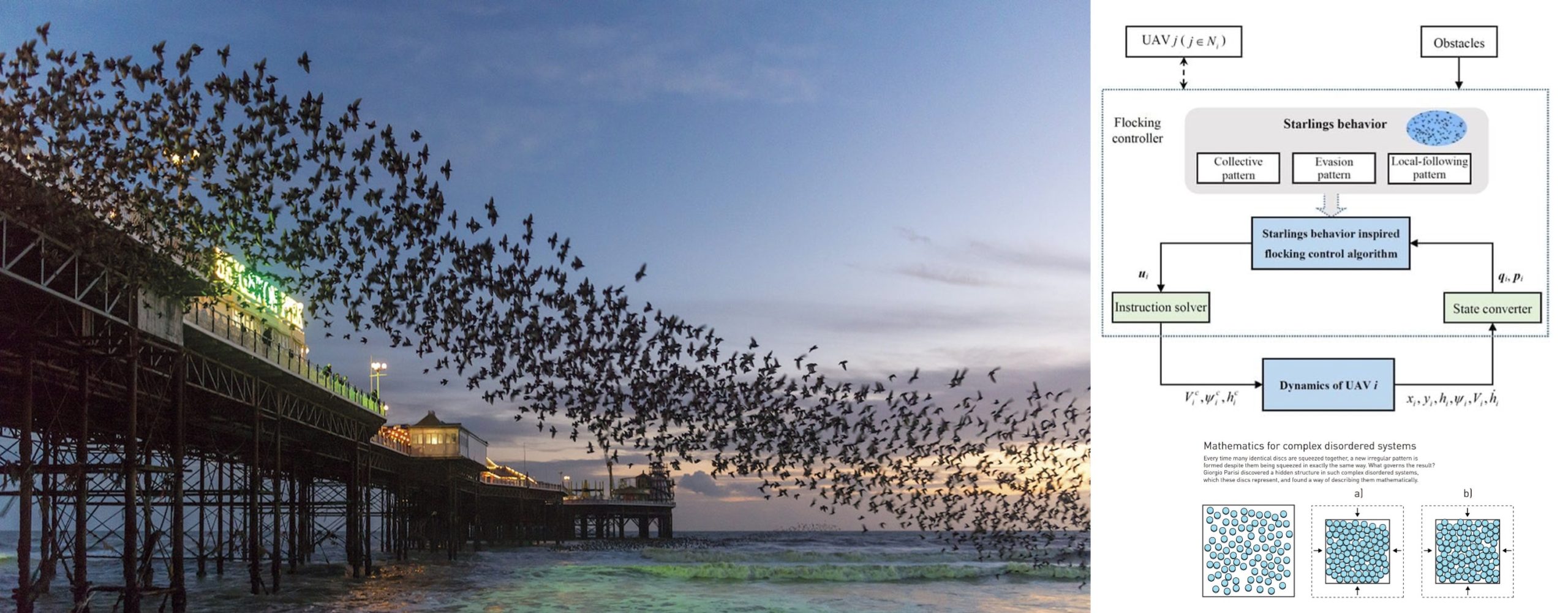Research

Diffusion
The presence of multiplicity phenomena, i.e., number of microstates corresponding to a particular microstate, in reactions due to knowledge diffusion in centrality can be explained by several mechanisms. One mechanism is the diffusion-controlled nature in ventriloquist act.
Another mechanism is the liquidity interactions in the over-the-counter financial derivative market, which play a crucial role in diffusional encounters. Liquidity interactions, such as the long-range, are particularly important in determining the nature of diffusion-controlled reactions. The rate of diffusional encounter among reactant sets the limit on the reaction speed. Additionally, fluctuations in homogeneous diffusion-reaction phenomena can dramatically change the long-time behavior, but in multi-layered multi-dimensional inhomogeneous systems, the departure from mean-field behavior is marginal. These mechanisms help explain the presence or absence of multiplicity phenomena in reactions due to diffusion.
We introduce the very fundamental statistical ideas of microstates and macrostates. Given a system, we view it as built from some elementary constituents. Each constituent has a set of possible states it can be in. The state of the system corresponds to many possible states of the constituents. The collection of states of all the constituents is the microstate. To keep things clear, we refer to the macroscopic state as the macrostate. The number of distinct microstates giving the same macrostate is called the multiplicity of the macrostate. The multiplicity is a sort of microscopic observable which can be assigned to a macrostate.
We compiled thousands of audio-video and gesture data of several ventriloquists’ performance – on-stage and off-stage – in order to train machine to determine multiplicity of a particular state in conditions of centralities during knowledge diffusion.
We also compiled all OTC and exchange‐traded derivatives transactions undertaken by counterparties since 2012 and had to be reported by the following business day to a TR. The derivatives transactions to report details of such contracts to trade repositories (TRs) in order to increase transparency. This initiative, known as the reporting obligation, allowed the access, for the first time, to more granular transactional data. We conducted our analysis based on the three asset classes that correspond to the three largest markets for OTC derivatives: (a) interest rates derivatives (IR); (b) credit derivatives (CD), and (c) foreign exchange derivatives (FX).
Reward-Objective Inference

The goal of determining multiplicity in diffusion models here is to learn a congestion diffusion process that generates the probability distribution of a given dataset. It mainly consists of three major components: the forward process, the reverse process, and the sampling procedure.
In addition, the goal is to train machine to determine the nature of the interconnectedness in the derivative markets and understand existing interdependencies across different derivative markets and to give a high‐level overview of potential channels for the transmission of liquidity shocks in the system. This requires estimating the traffic (or metric) congestion or centrality, the prediction of flow parameters and fixed quantity, such as mean velocity, capacity, flow and density, etc. And, then represent the derivative markets as a multiplex network and we use state‐of‐the‐art multiplex centrality measures to assess the vulnerability of financial institutions. And, finally train on contagion mechanisms in derivative markets to gain a better understanding of the transmission of liquidity stress.
The illusion that a voice appears to come from the moving mouth of a puppet rather than from the actual speaker, is one of the classic examples of multisensory processing. In the laboratory conditions, this illusion can be reliably induced by presenting simple meaningless audiovisual stimuli with a spatial discrepancy between the auditory and visual components. Typically, the perceived location of the audio source is ‘distance-from-ideal’ toward the location of the visual stimulus (ventriloquism effect). The strength of the visual ‘distance-from-ideal’ reflects the relative reliability of the visual and auditory inputs as well as prior expectations that the two stimuli originated from the same source (multiplicity). Studies have: (a) revealed top-down influences from the reward and motor systems on cross-modal binding; (b) dissociated recalibration processes operating at different time scales; and (c) identified brain networks involved in the neuronal computations underlying multisensory integration and learning. These measures are pathbreaking new advancements of determining the ventriloquism effect and aftereffect.

